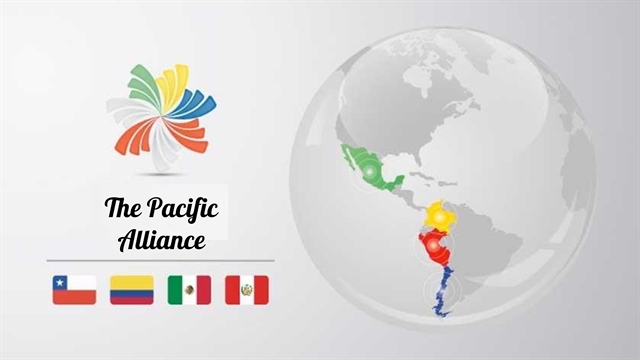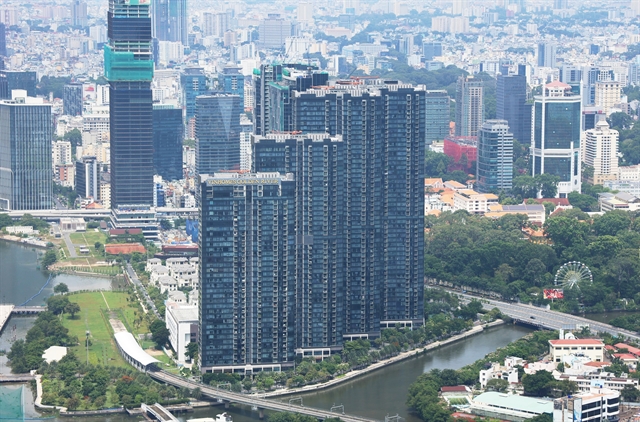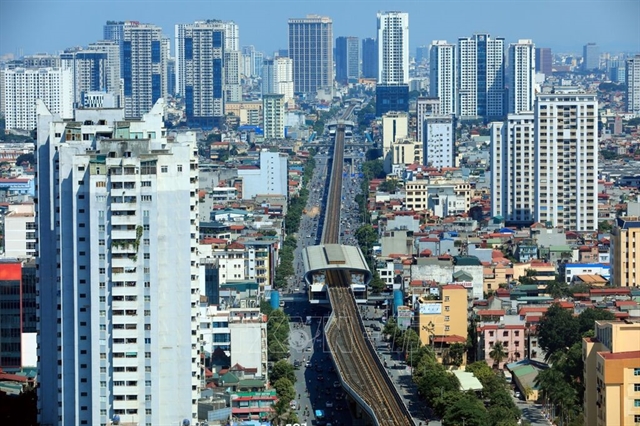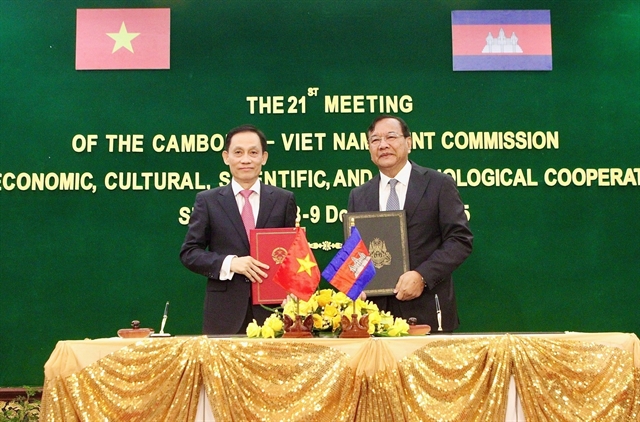 World
World

Chile, Colombia, Mexico and Peru, commemorate 10 years of the establishment of the Pacific Alliance (PA) on April 28, a mechanism for regional trade integration and joint rapprochement to Asian countries.

|
| The Pacific Alliance |
Article by the Ambassadors of Chile, Colombia, Mexico and Peru in Việt Nam.
Chile, Colombia, Mexico and Peru, commemorate 10 years of the establishment of the Pacific Alliance (PA) on April 28, a mechanism for regional trade integration and joint rapprochement to Asian countries.
With the Lima Declaration in April 2011, the presidents of our countries launched a deep integration process to promote free movement of goods, services, capital, and people among PA members. Later, in 2012, in Antofagasta, Chile, the Pacific Alliance acquired formal existence with the signature of the PA Frame Agreement.
Regarding its structure, the PA has four organs: The first is the Presidential Summit, the highest decision-making body. The second being the Council of Ministers, composed of the ministers of foreign affairs and of trade of each country. Then, the PA has the High-Level Groups, formed by the deputy ministers of foreign affairs and the deputy ministers of trade. Finally, the Technical Groups and Committees, which are made up of officials of members states to develop non-trade topics of interest of PA and to implement PA Trade Agreement, all of them looking forward to building a free trade area.
Additionally, the PA has a Pro-Tempore Presidency, currently held by Colombia, which rotates on an annual basis among member states.
Today the regional trade mechanism, with 230 million population and 5 million km², represents the eighth largest market in the world, 41 per cent of the Latin-American and Caribbean GDP, and the eighth largest exporter worldwide. Its per capita GDP is around US$19,000 (2019) and it receives 56 million foreign tourists each year.
On its tenth anniversary, the Pacific Alliance has achieved some meaningful goals:
The Pacific Alliance’s dynamism, its four members’ economic performance, its transparent investment policies, and a market with internationalization vocation have been broadly recognised worldwide. Currently, 59 countries have Observer status, many of them from the Asia Pacific Region: Australia, China, India, Indonesia, Japan, New Zealand, South Korea, Singapore, and Thailand. One of the most interesting aspects in the relations with observer countries is the permanent openness to co-operate and share good practices and learned lessons.
In their 2014 meeting, PA and ASEAN agreed to intensify their relations and create a working agenda on trade facilitation, energy, minerals, SMEs, logistic, innovations and smart cities, among other areas. PA and ASEAN held both mechanisms’ first joint meeting in 2015 to examine opportunities for complementarity and the ASEAN-PA Framework for Cooperation was adopted in 2016.
By 2019, two-way trade between PA and ASEAN reached $22.1 billion. Last December, the Pacific Alliance and Singapore, a member of ASEAN and soon to be an associated state to PA, concluded substantive negotiations on a free trade agreement. Once the agreement between the States Parties to the Pacific Alliance Frame Agreement and Singapore enters into force, it shall be considered as "Associated State to the Pacific Alliance".
Exports of the PA to ASEAN totalled $3.522 billion in 2019; while in 2020, due to the COVID-19 pandemic's impact on world trade, they decreased to $2.022 billion. However, the recovery in the first months of this year has been important and certainly, the historical continuous growth trend will recover.
The PA offers a great variety of natural resources, consumer goods, and financial services, with an extraordinary facility in terms of maritime connectivity both to the Pacific and Atlantic coasts, and integration between ports and airports. Some of the top exportable goods are:
The regional trade mechanism also has a complete portfolio of exportable services including business and leisure trips, transports, technologic innovation, creative industries, artificial intelligence, startups accelerators, and customer service outsourcing.
Regarding investment, in 2019 the PA represented 38 per cent of foreign direct investment (FDI) reception in Latin America and invested $19 billion in the world. The PA offers investment opportunities in infrastructure, telecommunications, agriculture, energy, and heavy industry.
The Pacific Alliance is a successful regional trade integration mechanism that continues working to face challenges like the COVID-19 pandemic and promoting the social and economic welfare of its citizens.
Currently, Chile, Colombia, Mexico, and Peru have diplomatic missions in Viet Nam, and they carry out joint activities to promote trade, investment, cultural relations, and to promote dialogue and co-operation with our Vietnamese counterparts. Some of the activities include a Spanish course for 43 ASEAN diplomats in 2018, the annual celebration of the PA Film Festival, the joint participation at the International Gastronomic Festival of the Ministry of Foreign Affairs of Việt Nam, academic activities as seminars with think tanks and universities, the invitation to Vietnamese companies to participate in business round-tables with buyers and suppliers of the four state members, and co-operation actions like the donation of water and nonperishable foods from the ambassadors to the floods victims in central Việt· Nam last year.- VNS




